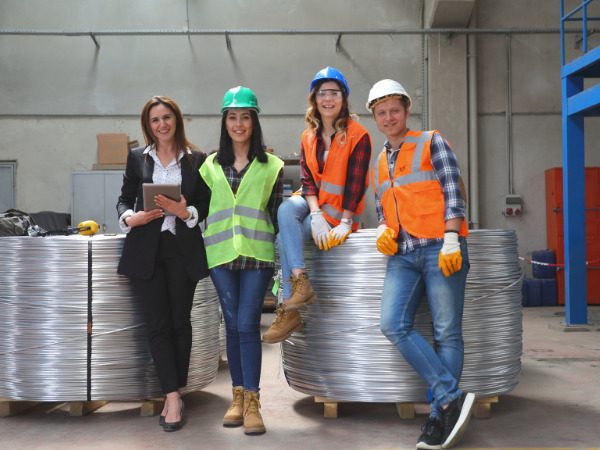New Clean Hydrogen Tax Credit on the Horizon
A new tax credit, the clean hydrogen tax credit, may be on the horizon for businesses that invest...

Labour exploitation is a violation of human rights, affecting vulnerable workers across a diversity of industries worldwide, perpetuating a daily cycle of injustice. Whether it be the harsh conditions of sweatshops or forced labor and wage theft, enforcing labor protection regulations calls for innovative technological solutions. In this article, we explore how blockchain technology emerges as a robust remedy to protect labour rights and promote fairness in work environments.
Before we delve into the applications of blockchain, let’s establish the fundamental principle of this technology. Blockchain functions as a decentralized digital ledger (i.e. record-keeping system), capable of transparently and securely recording transactions or data. Unlike conventional centralized databases, blockchain operates on a distributed network of computers, each referred to as a node, where all participants have access to the same information ledger. What makes blockchain stand out is the use of cryptographic techniques ensuring data immutability, meaning that once information is entered into the blockchain, it cannot be altered or removed without network consensus. This inherent security, coupled with its transparency and capacity to function without intermediaries, has resulted in a wide range of applications, from cryptocurrencies like Bitcoin to supply chain management, voting systems, and more, with the potential to significantly impact industries and enhance trust in digital transactions.

Blockchain technology’s inherent reliability positions it as an ideal solution for ensuring supply chain transparency in contexts where labor exploitation or material traceability are concerns. Through the creation of a transparent ledger that comprehensively records each supply chain stage, both consumers and regulatory bodies gain the assurance that products are manufactured without infringing upon labor rights. For instance, at each step of a good’s production process, data such as location, date, or even data related to the individuals involved in the production step (e.g. the worker’s hourly wage, work hours) could be recorded in the ledger, in compliance with privacy and personal data laws. By making blockchain the backbone of a new traceable record-keeping standard in industries worldwide, the heightened transparency of the technology could bolster the adoption of ethical practices by preventing the conduct of fraudulent or immoral activities, hence enforcing the respect of human rights.
Blockchain can also be used to authenticate fair trade and ethical labels. Products with such labels can be traced back to the exact conditions in which they were produced, where data such as the origin of the product, date and time of different processing steps giving consumers confidence that they are supporting businesses that prioritize fair labor practices.
Through blockchain, international labour standards can be established and maintained more effectively. International organizations and governments can use blockchain to ensure that labour rights are upheld across borders, reducing the risk of labour exploitation in industries that rely on global supply chains.
Blockchain technology holds immense potential in the global effort to eradicate labour exploitation and promote fair work conditions, while simultaneously offering myriad innovation opportunities in a new and competitive domain for software companies, government agencies and international organizations alike. By establishing transparent payroll systems, automating employment contracts, enhancing supply chain transparency, authenticating fair trade labels, and enforcing global labour standards, blockchain can help create a world where every worker is treated with dignity and respect.
Explore our latest insights
More arrow_forward
A new tax credit, the clean hydrogen tax credit, may be on the horizon for businesses that invest...

The Clean label has transitioned from trend to a lifestyle placing pressure on the food and bever...

The Industry 4.0 represents a blend of two industries: information technology and manufacturing. ...

Provincial governments are slowly unveiling their provincial budgets outlining fiscal strategies ...